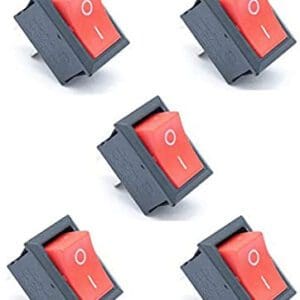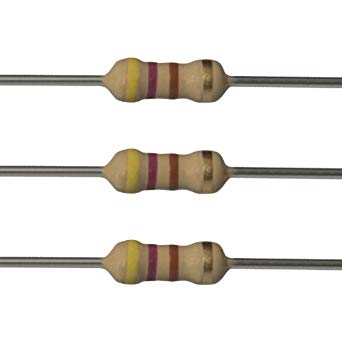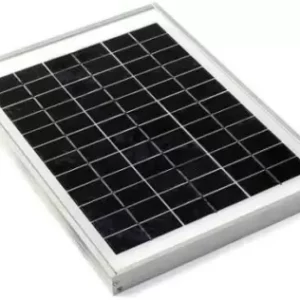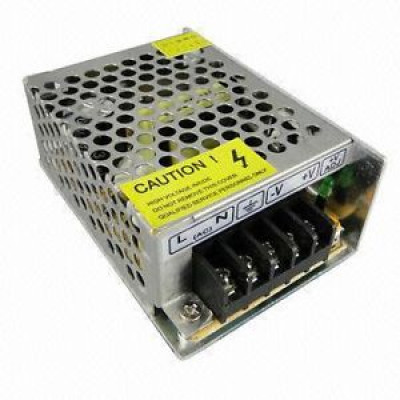A Solar Tracking System is a sophisticated technology designed to optimize the performance of solar panels by dynamically adjusting their orientation to track the movement of the sun. By continuously aligning the panels perpendicular to the sun’s rays, the system ensures maximum exposure to sunlight throughout the day. This proactive approach enhances the efficiency of solar energy capture, leading to improved energy production and higher overall output from the solar installation. Solar tracking systems are particularly beneficial in locations with variable weather conditions or where sunlight intensity varies significantly throughout the day.
There are two primary types of solar tracking systems: single-axis and dual-axis trackers. Single-axis trackers adjust the tilt angle of the solar panels along one axis, typically east to west, to follow the sun’s daily path across the sky. In contrast, dual-axis trackers offer even greater precision by adjusting both the tilt angle and the azimuth angle of the panels, allowing them to track the sun’s movement in two dimensions. This versatility enables dual-axis trackers to optimize energy capture under changing solar angles throughout the year, resulting in higher energy yields compared to fixed-tilt or single-axis tracking systems. Overall, Solar Tracking Systems play a crucial role in maximizing the efficiency and output of solar energy systems, contributing to the widespread adoption of renewable energy sources.
Here’s a basic outline of a Solar Tracking System project:
-
Project Overview:
Begin by providing an introduction to the project. Explain the purpose of the solar tracking system and its benefits in terms of energy production efficiency.
-
System Design:
Describe the design of your solar tracking system. Explain whether you’re creating a single-axis or dual-axis tracker. Illustrate the components involved, such as solar panels, sensors, motors, and the control unit.
-
Components and Materials:
List all the materials and components you’ll need for the project. This might include:
- Solar panels
- Light sensors (LDR sensors)
- Microcontroller (Arduino nano)
- Motor drivers
- Motors (sg90 servo motor)
- Mounting structure for solar panels
- Li-on battery
- L-Clamp, Dummy Wheel
- Wiring and connectors
-
Circuit Design:
Create a circuit diagram that shows how the components are connected. This would include connections between the microcontroller, sensors, motor drivers, and motors. Provide details about voltage levels, pin configurations, and any additional circuits required for things like power regulation or protection.
-
Software Development:
Explain how the software for the solar tracking system will work. You’ll need to:
- Interface with the light sensors to detect the sun’s position.
- Implement algorithms to calculate the optimal angles for the solar panels based on the sun’s position.
- Control the motors to adjust the solar panels’ orientation.
- Handle any user interface if you’re incorporating manual controls or monitoring.
-
Mechanical Design:
Detail the mechanical design of your tracking system. Describe how the solar panels will be attached to the motors and how the system will move to follow the sun. Include information about the range of motion and limitations.
-
Testing and Calibration:
Explain how you’ll test and calibrate your solar tracking system. This might involve testing the system’s ability to accurately follow the sun’s path, as well as fine-tuning the software algorithms for optimal performance.
-
Performance Evaluation:
Once your system is operational, evaluate its performance by measuring the increase in energy production compared to fixed solar panels. You can also assess how well it adapts to changing weather conditions and tracks the sun accurately.
-
Conclusion:
Summarize the project, its outcomes, and the benefits of your solar tracking system. Discuss any challenges you faced and potential areas for improvement.
-
Future Enhancements:
Suggest ideas for future enhancements to your solar tracking system. This could include integrating weather prediction data, remote monitoring and control, or even using machine learning to optimize tracking algorithms.
Remember that building a solar tracking system can be a complex project involving electronics, programming, and mechanics. It’s important to plan thoroughly, research the components you need, and iterate as necessary to achieve the best results.
To Learn More Visit our Website
For more information:-www.mifraelectronics.com
* Product Images are shown for illustrative purposes only and may differ from actual product.
Packages includes:-
- 1 x Solar Tracking System Project.








Reviews
There are no reviews yet.